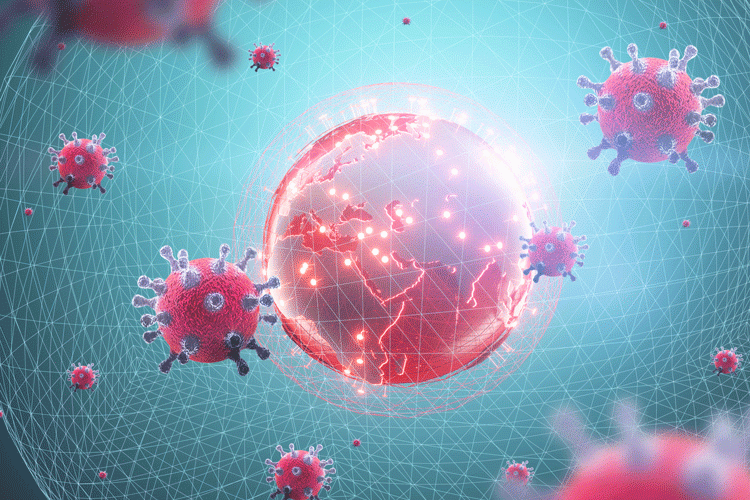Delivering a therapy to kerb COVID-19
Posted: 4 June 2020 | Sheraz Gul (Fraunhofer Institute) | No comments yet
Sheraz Gul explores current research developments to help treat and tackle the spread of COVID-19.


Since publication of Drug Target Review Issue 1 in Spring 2020, the global impact of the highly contagious coronavirus disease 2019 (COVID-19) has been unparalleled. As there is no approved therapy available to treat the virus, the main effort to tackle its spread was to restrict the movement of individuals – and this strategy largely remains in place. However, the only sure-footed ways to kerb the spread of COVID-19 are to develop a vaccine and treat those who have contracted the disease with a suitable therapy – both of which need to be safe and efficacious.
During the past few months, the mechanism of action of COVID-19 has been partly unravelled, leading to the identification of intervention points that could prevent and treat the infection. This has led to early successes in COVID-19 vaccine development with in vivo studies currently underway in suitable model systems. These include the investigation of antibodies based on the COVID-19 Spike protein, inhibition of S1 protein/ human angiotensin-converting enzyme 2 interaction as well as other undisclosed targets, which are claimed to be scalable for delivering large numbers of doses. We eagerly await the results of the subsequent human clinical trials for these vaccines as they offer the potential to eradicate COVID-19. In the case of therapeutic developments to treat individuals afflicted with COVID-19, according to the US Food and Drug Administration’s (FDA) Coronavirus Treatment Acceleration Program,1 as of 11 May 2020, 144 active trials of therapeutic agents and another 457 development programmes for therapeutic agents are in planning stages. The most advanced therapies include chloroquine, hydroxychloroquine, convalescent plasma, hyperimmune globulin and remdesivir.
Drug repositioning and repurposing has played a major role in delivering a therapeutic agent to kerb the spread of COVID-19. As this approach makes use of compounds that are safe, it has been possible to evaluate them in suitable clinical trials with relative ease. Based on these successes, it is likely that additional novel compounds to treat COVID-19 will be developed rapidly. This will also provide a template for medical countermeasure development for emergencies in the future.
About the author
Sheraz Gul is an expert in drug discovery with experience gained in academia (University of London), industry (GlaxoSmithKline Pharmaceuticals) and the largest applied research organisation in Europe (Fraunhofer Institute). He is also an adjunct lecturer at NUI-Galway, Ireland and scientific co-founder of Transcriptogen Ltd. He has co-ordinated work packages in drug discovery projects, which have attracted more than €7 million funding and has organised 42 drug discovery workshops since 2011 across the globe and trained 780 scientists.
Reference
1. Coronavirus Treatment Acceleration Program (CTAP) [Internet]. U.S. Food and Drug Administration. 2020 [cited 19 May 2020]. Available from: https://www.fda.gov/drugs/coronavirus-covid-19-drugs/…
Related topics
Disease research, Drug Development, Drug repurposing, Drug Targets, Proteomics, Research & Development, Therapeutics, Vaccine
Related conditions
Coronavirus, Covid-19
Related organisations
US Food and Drug Administration (FDA)


